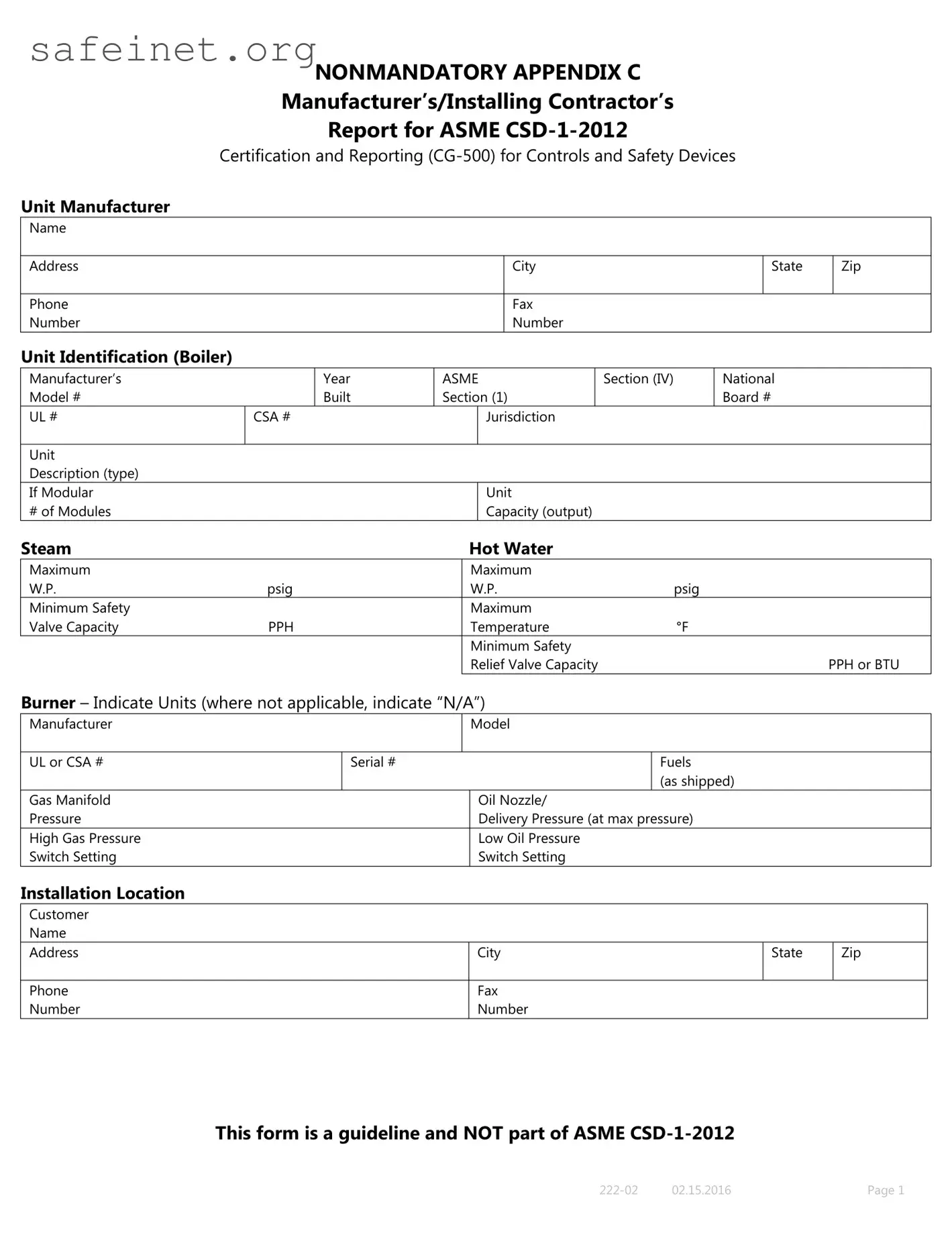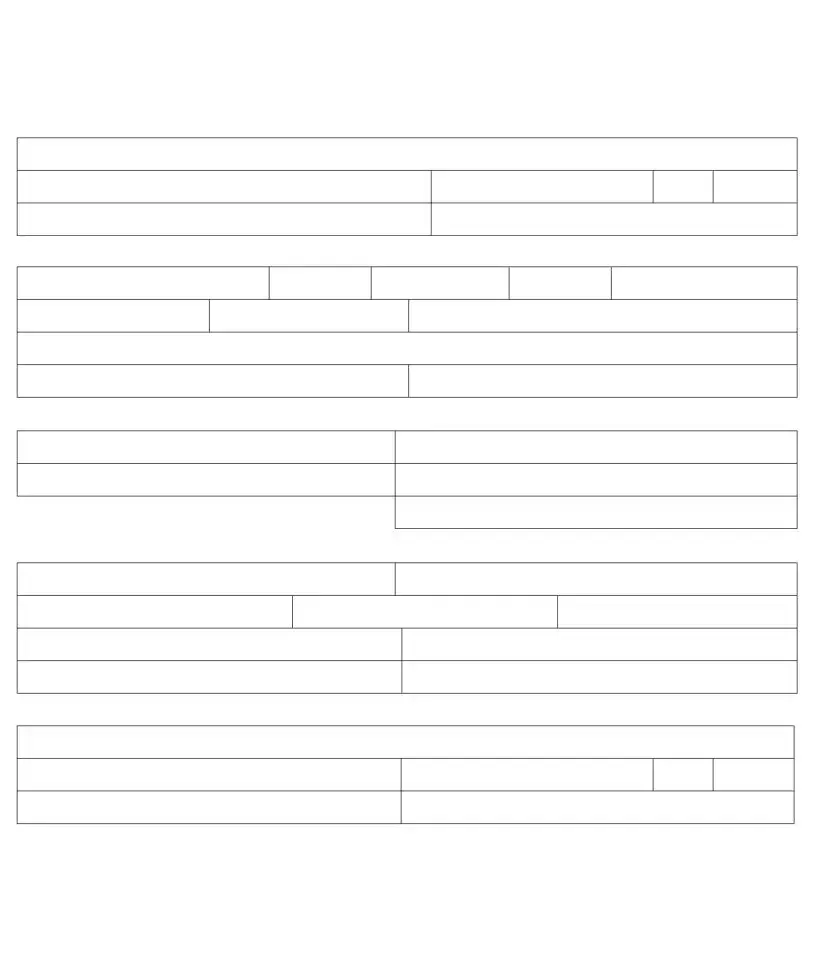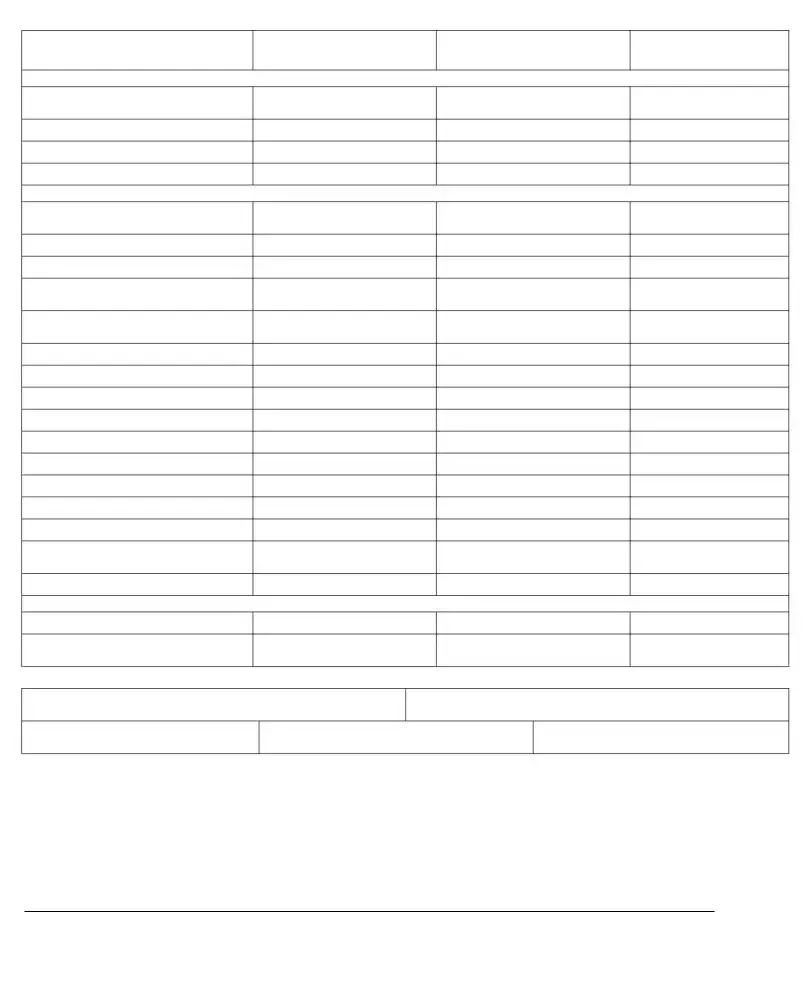The CSD-1 form shares similarities with the NFPA 85 form, which is used for boiler and combustion control systems. Both forms aim to ensure that safety devices are tested and maintained according to specific standards. The NFPA 85 form gathers operational data and performance testing, much like the CSD-1. They both act as documentation for compliance with respective safety guidelines in the industry.
Another comparable document is the ASME BPVC Form. This form is employed in the context of pressure vessels and reflects the quality and safety protocols regarding their construction and operation. Similar to the CSD-1, it requires detailed information on the safety systems in place. Both documents emphasize the operational controls and safety mechanisms that must be certified and maintained for safe operation.
The Manufacturers' Certificate of Compliance is another document that aligns with the CSD-1. This certificate serves to affirm that a product meets applicable safety standards. In both cases, the manufacturer must provide relevant information about safety devices and controls. Both documents facilitate a confirmation that the equipment has been tested and complies with specific safety regulations.
Additionally, the Safety Inspection Report bears resemblance to the CSD-1 form. Safety inspection reports document the condition and operational status of equipment and safety devices. Like the CSD-1, these reports typically include test results and operational data that demonstrate adherence to safety and operational protocols.
The HVAC System Commissioning Report can also be connected to the CSD-1 form. This report is concerned with the final testing and verification of heating, ventilation, and air conditioning systems. Both documents require data on components and systems to ensure they operate according to specified safety parameters, providing a comprehensive overview of functionality and compliance.
Furthermore, the Commissioning Checklist for Commercial Boilers parallels the CSD-1 form. This checklist includes items that must be reviewed, confirming that all systems are functioning correctly before the official operation. Both the checklist and the CSD-1 focus on safety controls and operational verifying measures to ensure compliance and reliability.
The Equipment Performance Verification Report is another document similar to the CSD-1 form. This report verifies the performance capabilities of safety equipment. In both cases, detailed information about safety systems and their operational characteristics is highlighted. They serve to assure stakeholders that all necessary protocols have been met for safety assurance.
The Test and Inspection Report for Safety Devices complements the CSD-1. This report documents the testing outcomes of safety devices in equipment. Like the CSD-1, it contains specifics about various controls and devices tested, ensuring they operate within defined parameters and meet the necessary safety standards.
Another relevant document is the Commissioning Report for Boiler Systems. Much like the CSD-1, this report outlines the testing and commissioning phase of boiler systems to confirm they meet safety standards. They both require detailed descriptions of safety devices and their operation, ensuring comprehensive verification of proper functionality.
Lastly, the Performance Test Results document is akin to the CSD-1 form. This document encompasses results from testing equipment performance under operational conditions. Both the Performance Test Results and the CSD-1 concentrate on safety performance metrics, ensuring that all devices are operating correctly and safely according to regulations.


